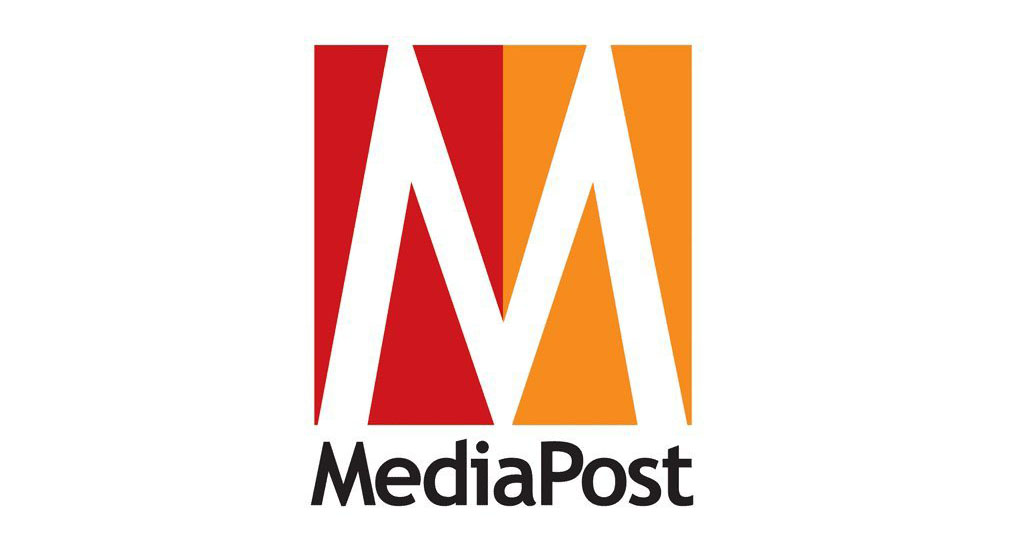by Maarten Albarda , Featured Contributor
Source: www.mediapost.com, December 2023
The year was 2017, and the Association of National Advertisers shocked the ad industry by publishing a study entitled “Programmatic: Seeing Through The Financial Fog — An In-Market Analysis of Programmatic Media at the Transaction Level.”
The groundbreaking study was a joint initiative between the ANA, the Association of Canadian Advertisers, Ebiquity, and AD/FIN. Its goal was to investigate the costs and economics of the programmatic advertising ecosystem. And the results did not make for an enjoyable read.
The report concluded that of every dollar spent on programmatic media inventory, 28 cents of that investment was taken by demand-side data and transactional fees, putting the ratio on average at 72/28. It continued that “When fees for supply-side technology and services are also included — estimated at 15 to 25 percent of demand-side working media — a typical $1 of advertiser spend yielded $0.58 to publishers.” In other words, the pipes to deliver programmatic sometimes took away more than 50% of each ad dollar.
The report then delivered about three pages of recommendations for advertisers. It’s fair to say that many advertisers started to take a serious look at the cost of their programmatic ad cost and process. In-housing took flight at those marketers that could afford the investment in people and tech. Those that could not, renegotiated agency contracts, terms and conditions. Many advertisers started to do direct deals with platforms. Service providers such as IAS and Moat became a whole lot busier.
Did these changes help?
Well, the ANA just published a new version of that groundbreaking 2017 report, this time called “Programmatic Media Supply Chain Transparency Study.” For the current report, ANA partnered with a project team consisting of Lemonade Projects, TAG TrustNet, Reed Smith, and Kroll.
And the result is… bad. Writes ANA CEO Bob Liodice: “The study revealed that of the $88 billion in open web spending, some $22 billion is wasteful or unproductive. That amounts to one in four dollars — a massive opportunity loss. Furthermore, when the flow of dollars through the supply chain is more deeply examined, a mere 36 percent (or less) of those investments actually reaches their intended audiences.”
Read that again. Almost two thirds of each ad dollar is eaten by the system and does not reach actual consumers.
We have to conclude that, despite all the warnings and guidance back in 2017, things have not improved at all. You could argue that they have gotten worse. The pie of digital ad dollars grew. The number of media outlets and platforms now sold through some form of programmatic placement grew. There is more money sloshing around in programmatic today than there was in 2017. And we let it bleed away through the leaky pipes of a murky system.
We have to applaud the ANA and its partners for delivering such a transparent report card. It can’t be easy to tell your own members they mostly got an “F.” The list of study participants includes marketers such as Nissan, Shell, State Farm, Walgreens, Molson Coors and Mondelez. In all, 21 members participated, as well as three demand-side platforms, six supply-side platforms, and three ad verification companies. Tellingly, The Trade Desk, Amazon and Yahoo — among others — chose not to participate.
The study again concludes with lots of smart and logical recommendations.
Things didn’t get better in the six years between the 2017 and 2023 study. Let’s hope this time around we will see a different outcome.

